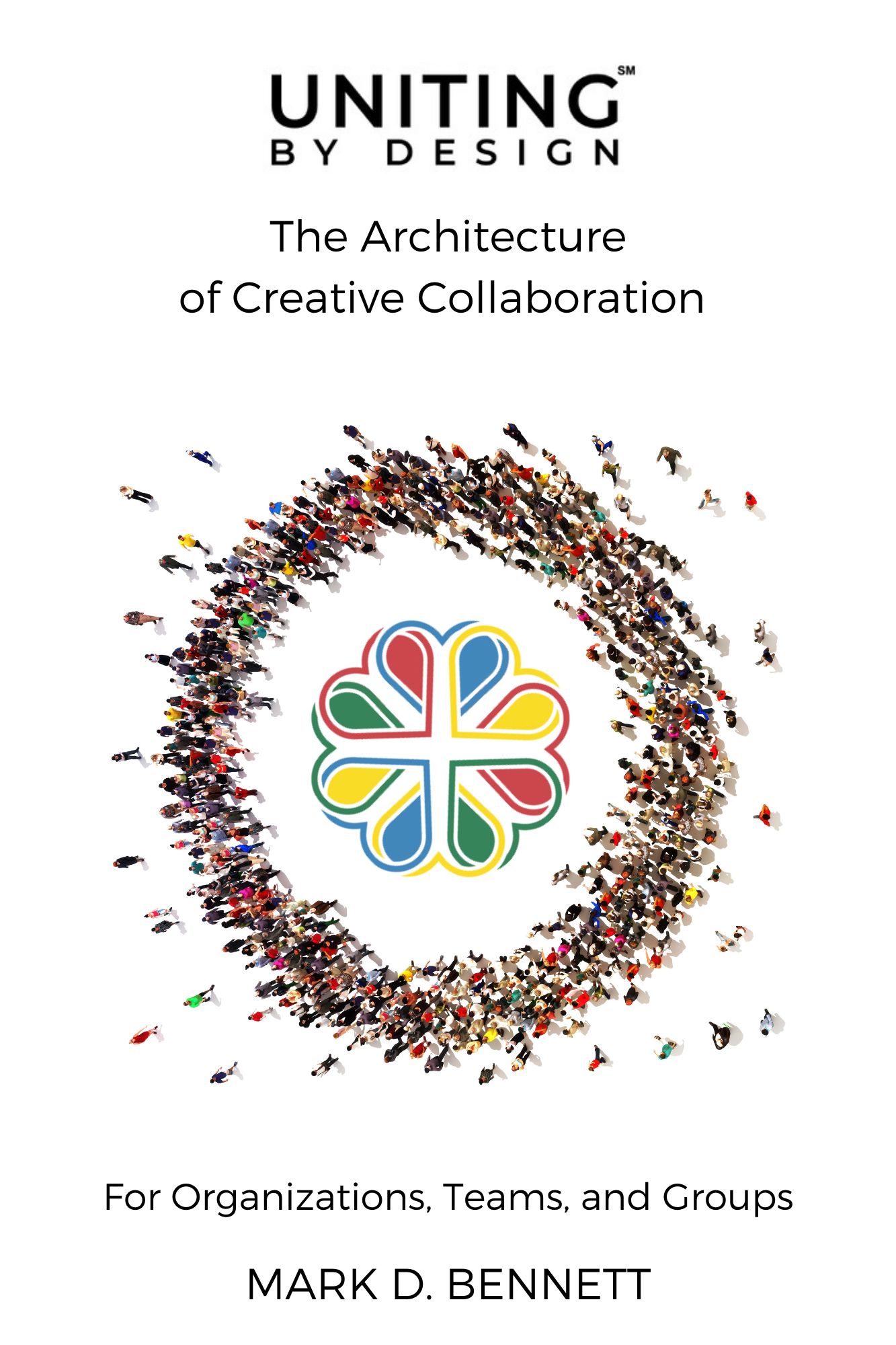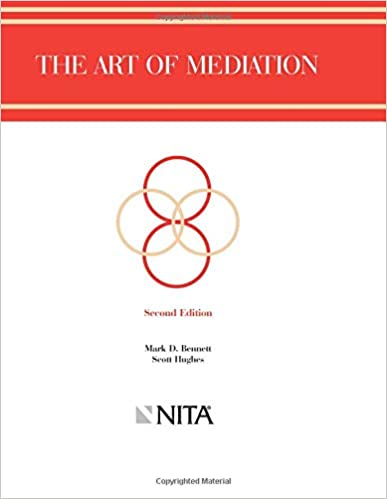Leaders must help organizations learn and adapt to change.
Leaders need to be life-long learners to maintain a resourceful edge and overcome barriers. The digital environment is overflowing with information and advice. I will continue to curate effective practices in varied media to support leaders. Here and on the newsletter page, look for practical tools in small packages that are worth your time and attention.
Leaders need to be life-long learners to maintain a resourceful edge and overcome barriers. The digital environment is overflowing with information and advice. I will continue to curate effective practices in varied media to support leaders. Here and on the newsletter page, look for practical tools in small packages that are worth your time and attention.
Uniting by Design:
the Architecture of Creative Collaboration
Forthcoming early 2021
Cascading waves of change will continue to make the operating environment volatile, uncertain, and complex for all nonprofits, businesses, and government agencies. Small, medium, and large organizations that can survive, and even thrive must be able to adapt to this level of change. Adaptive capacity requires resourceful, creative collaboration internally and with external partners.
This book is a blueprint for leaders and leadership teams to build a unified, high-performing organization. It provides an architectural design for a strong, flexible organization structure. It is filled with practical guidance, action steps, and discussion questions to help any organization come together, learn together, stick together, and innovate together.

Uniting by Design:
the Architecture of Creative Collaboration
Cascading waves of change will continue to make the operating environment volatile, uncertain, and complex for all nonprofits, businesses, and government agencies. Small, medium, and large organizations that can survive, and even thrive must be able to adapt to this level of change. Adaptive capacity requires resourceful, creative collaboration internally and with external partners.
This book is a blueprint for leaders and leadership teams to build a unified, high-performing organization. It provides an architectural design for a strong, flexible organization structure. It is filled with practical guidance, action steps, and discussion questions to help any organization come together, learn together, stick together, and innovate together.

A Field Guide to Good Decisions:
Values in Action
Praeger, 2006
We all face tough choices: business executives, community leaders, and family members all struggle with difficult decisions on a daily basis. What we decide reveals what really matters to us; how we decide determines whether we succeed or fail. Developed over twenty years in settings as diverse as hospital bedsides and corporate boardrooms, “A Field Guide to Good Decisions” provides the skills to make decisions that reflect your core values while respecting those of others, including the long-term implications for all participants.
Illustrated through many real-life examples that will resonate with readers both professionally and personally, “A Field Guide to Good Decisions” offers practical tools and techniques for identifying individual and common goals, reaching consensus, and communicating the results effectively. The authors also show readers how to overcome common obstacles to good decision-making (psychological, cultural, and organizational). Ultimately, this book is about making decisions which, while not always a matter of life or death, nevertheless have a powerful effect on our sense of self, our credibility in the eyes of others, and the lives of those touched by the choices we make.
"
Years of hands-on experience inform this book. It is immersed in wisdom and rich in practical, workable tools.
"
Martin Rutte
Coauthor, Chicken Soup for the Soul at Work

A Field Guide to Good Decisions:
Values in Action
Praeger, 2006
We all face tough choices: business executives, community leaders, and family members all struggle with difficult decisions on a daily basis. What we decide reveals what really matters to us; how we decide determines whether we succeed or fail. Developed over twenty years in settings as diverse as hospital bedsides and corporate boardrooms, “A Field Guide to Good Decisions” provides the skills to make decisions that reflect your core values while respecting those of others, including the long-term implications for all participants.
Illustrated through many real-life examples that will resonate with readers both professionally and personally, “A Field Guide to Good Decisions” offers practical tools and techniques for identifying individual and common goals, reaching consensus, and communicating the results effectively. The authors also show readers how to overcome common obstacles to good decision-making (psychological, cultural, and organizational). Ultimately, this book is about making decisions which, while not always a matter of life or death, nevertheless have a powerful effect on our sense of self, our credibility in the eyes of others, and the lives of those touched by the choices we make.

The Art of Mediation:
Second Edition
NITA, 2005
This workbook is a comprehensive introduction to the art and practice of mediation that has been used in basic mediation trainings and as a graduate school text in the United States, Canada, and Israel. It sets the mediation process in context, provides basic definitions, contrasts mediation with other forms of dispute resolution, describe variations in approach, and lays out the roles and functions of the mediator.
"
The utility of this book doesn’t begin to capture the resource that Mark has been in my professional and personal life. The seamless goal of how I mediate and how I live is a goal of my life. The Art of Mediation supports that goal.
"
Wendell Jones
Distinguished Emeritus Member, International Ombudsman Association

The Art of Mediation:
Second Edition
NITA, 2005
This workbook is a comprehensive introduction to the art and practice of mediation that has been used in basic mediation trainings and as a graduate school text in the United States, Canada, and Israel. It sets the mediation process in context, provides basic definitions, contrasts mediation with other forms of dispute resolution, describe variations in approach, and lays out the roles and functions of the mediator.
Media Appearances
Independent Life - Podcast
Bridges of Peace - Podcast
Independent Life - Podcast
Leading From the Front - Podcast
Copyright 2020, Uniting By Design
Copyright 2020, Uniting By Design